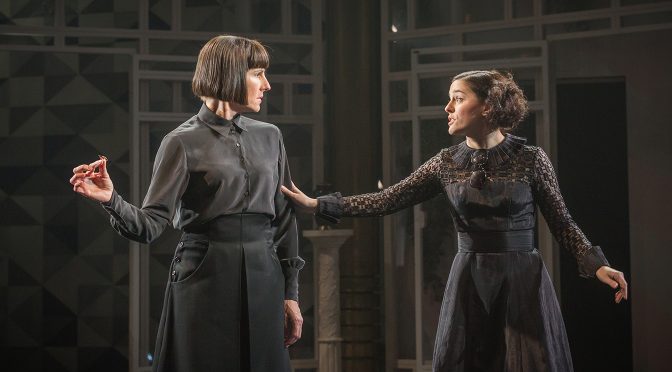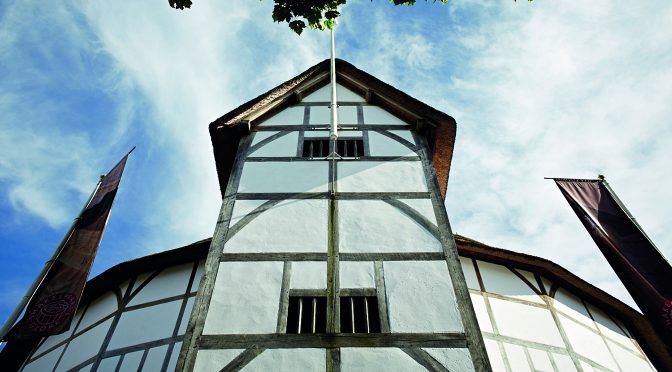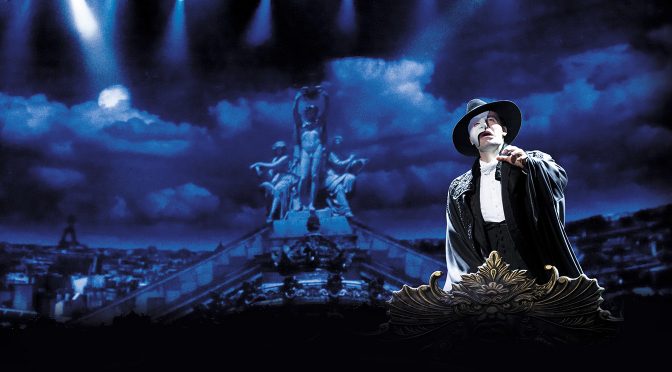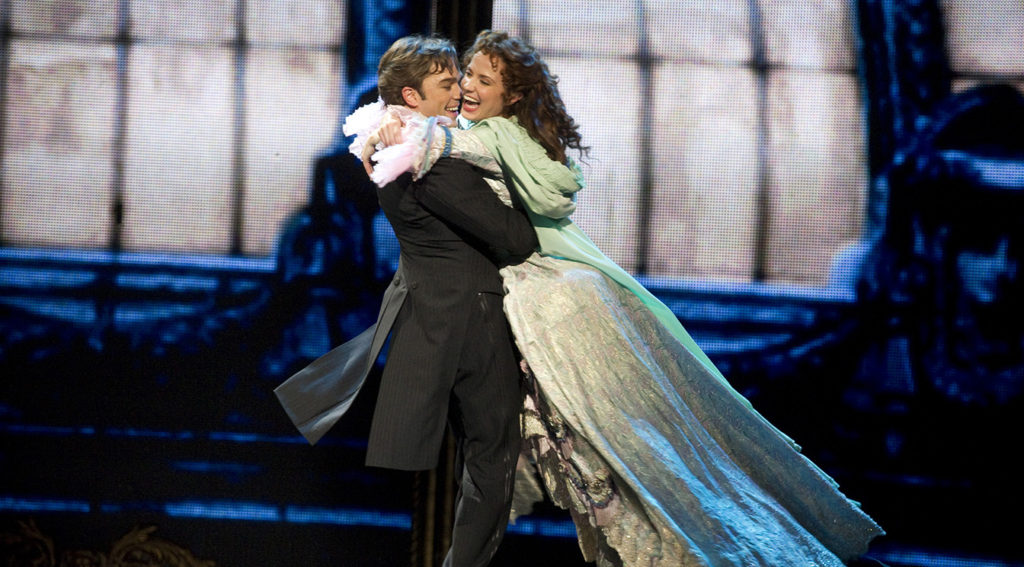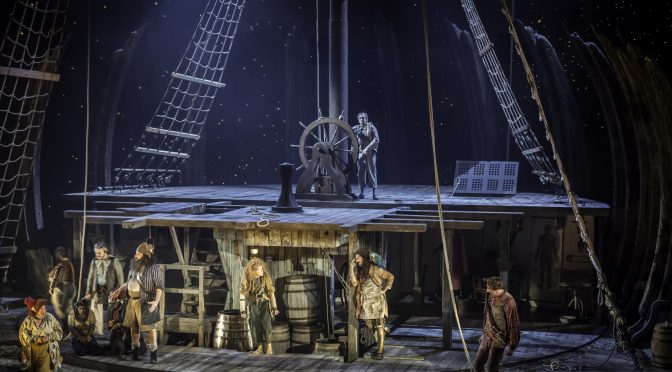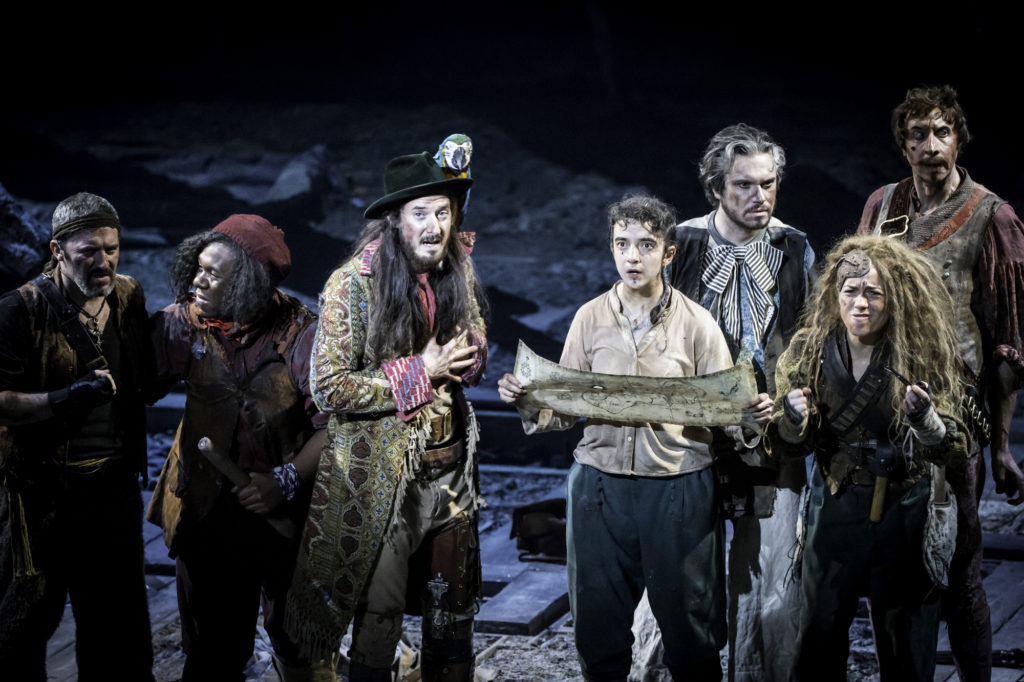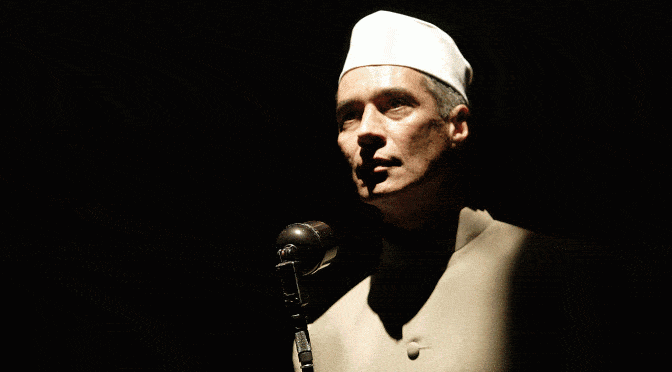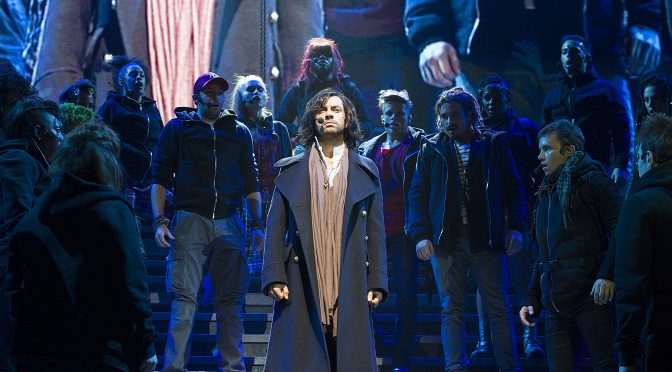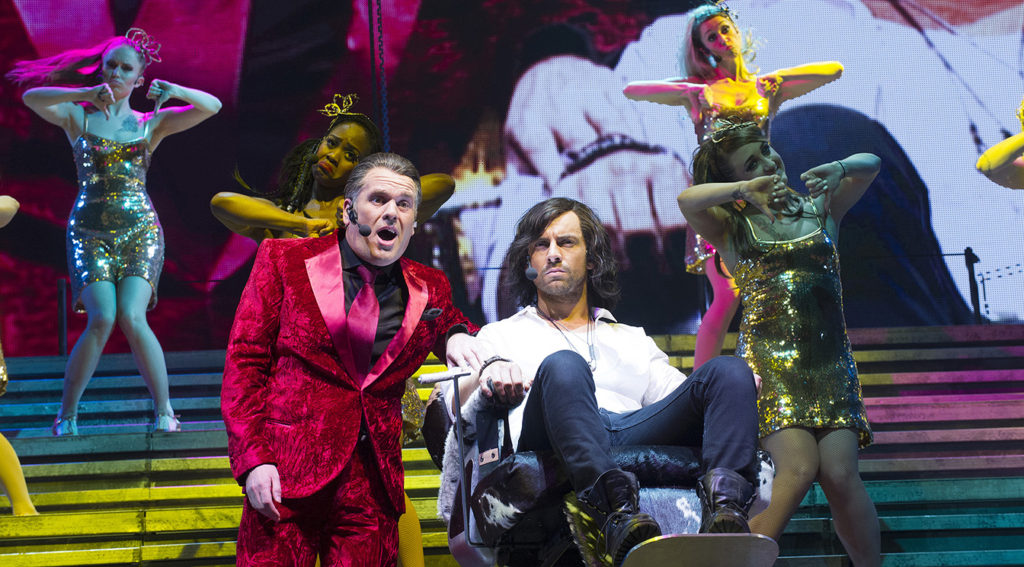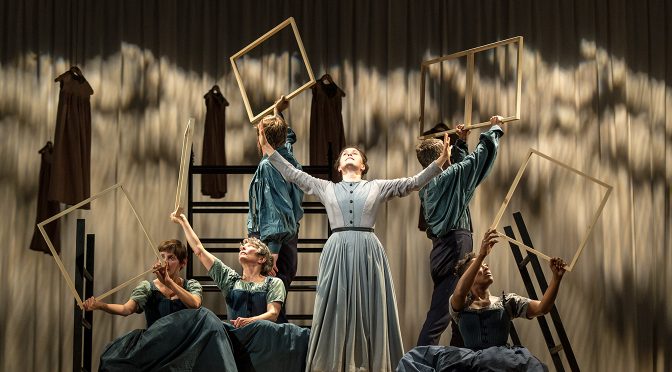As another example of its diversity, this week’s offering from the National Theatre is Shakespeare. The interesting idea driving Simon Godwin’s production, which dates from 2017, could also be said to be diversity – challenging this most famous of gender-swapping comedies by openly acknowledging LGBTQ identities and gay marriage. The results of such a contemporary spin are mixed, but a strong cast makes the show solid.
To illustrate Godwin’s conceit, take Oliver Chris’s excellent Duke, who falls for Viola when he thinks she is a he. You expect jokes from the confusion, often pretty childish ones, but such laughs are held back. It’s a credit to Chris’s comic skills that the role is still funny. Likewise, Antonio’s feelings for Viola’s twin, Sebastian, are openly romantic… I remember that at school this was only coyly suggested.
A more eye-catching example of Godwin’s transformations comes with his star casting of Tamsin Greig and the turning of Malvolio into Malvolia. The female steward’s open adoration for her mistress Olivia (a role Phoebe Fox does very well with) doesn’t bat any eyelids. Nor is it a source of schoolboy fun. Of course, it shouldn’t be either. The joke for Shakespeare was one of status anyway, but note – this is a gag that Godwin ignores.
As with Chris, it’s down to Greig to still be funny and that she is – very. She gives a brilliant performance it is hard to praise enough, getting laughs with every line, working the audience to perfection. A nod to Mrs Danvers from Rebecca is genius. And there’s more. Grieg and Godwin don’t let us forget the religion in the play. Also, they tackle the character becoming “common recreation” exceptionally well. Let’s face it, the practical joke played on Malvolio/a ain’t funny. Greig makes sure the character retains some dignity and there’s a hard edge to her promise of revenge that is welcome.
Greig makes this Twelfth Night worth watching and it is clearly a work with intelligence behind it. Unfortunately, lots of ideas seem motivated by trying to make the show modern – and none of these are things we haven’t seen before. There’s a car on stage, a hospital monitor, a nightclub and a hot tub, while the Duke has a personal trainer and a birthday party. To all of this you can say, why not? But you can also say, why? Along with an ugly set from Soutra Gilmour, which highlights that both she and Godwin have used the auditorium poorly, and some inane music from Dan Jackson, the production does not equal its cast.
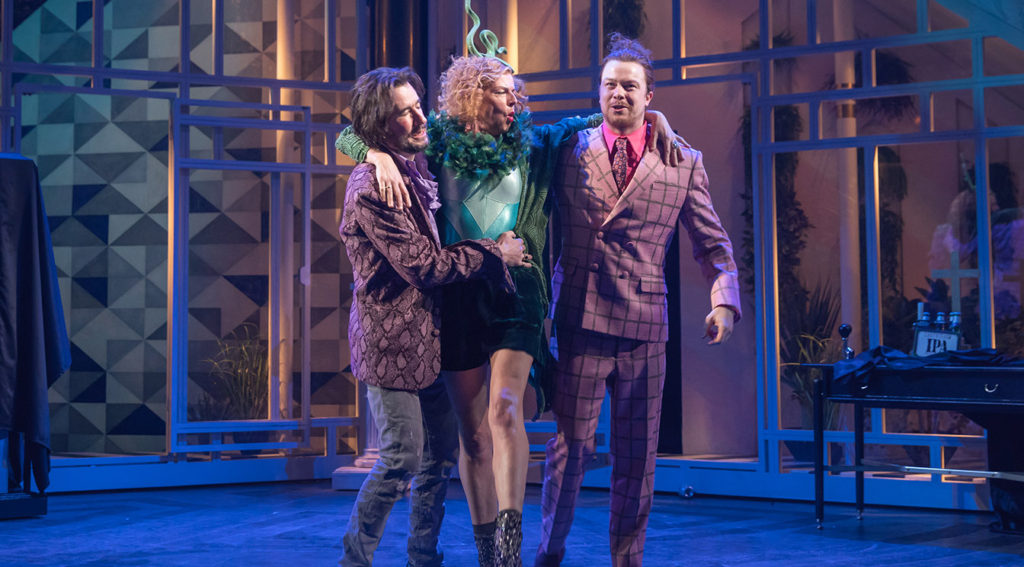
What of the play’s supposed heroes, the shipwreck-separated siblings, Viola and Sebastian? Amongst a good number of comics – Tim McMullan, Daniel Rigby and Doon Mackichan all need to be added here – the twins are, ahem, reduced to straight men. Both characters are only acted upon, robbed of agency, which you could argue is fair enough. But it’s only strong performances from Tamara Lawrance and Daniel Ezra that stop the characters from being boring and introduce any emotion into this interesting but inert production.
Available until Wednesday 29 April 2020
To support visit nationaltheatre.org.uk
Photos by Marc Brenner

